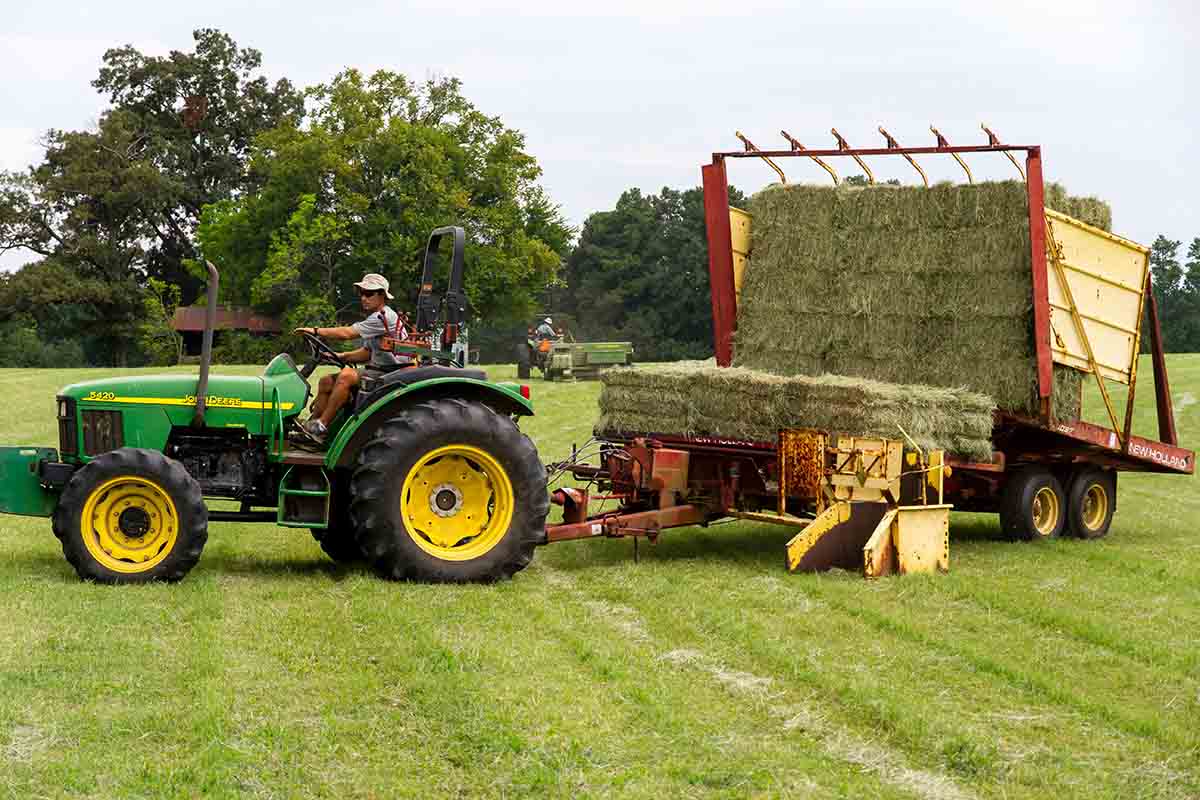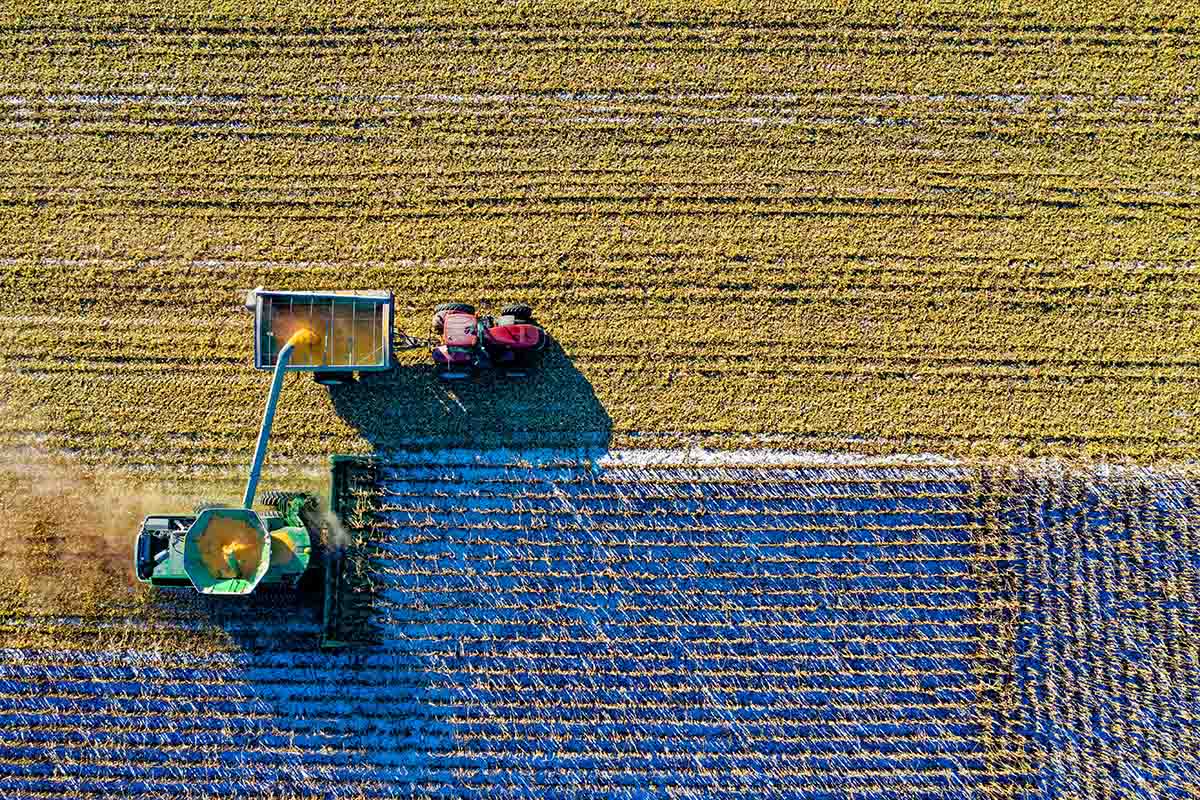2021 Maintenance Checklist: Keep Your John Deere Cotton Picker in Shape
Farmers with several acres of land covered in cotton appreciate the use of a good cotton picker. However, not picking your cotton in time during the harvest season could cost you lots of money. Farmers avoid finding themselves in such a predicament by purchasing quality cotton pickers from John Deere.
Cotton picking has evolved a lot over the years from the 20th century. There are cotton-picking machines now for cotton pickings like boll buggies, cotton pickers, module builders, and cotton strippers. Strippers work by stripping the entire plant from the bolls to the stem and leaves, while the pickers work by removing the cotton from open bolls, leaving the bur on the plant.
Cotton pickers are one of the cleanest ways of harvesting cotton, which is possible because the spindle pickers pick the cotton from the open burrs with the high-speed rotating spindles.
The cotton seeds are taken off the spindles using the counter-rotating doffer and blown into the collecting basket. Once the basket is full, the picker dumps the cotton seeds into a module builder, compacting the cotton forming brick-like shapes. A single cotton brick can weigh approximately 21,000 lbs.
To ensure your cotton picker runs smoothly, it will need constant maintenance, repair, and replacement of worn-out parts. Some of these cotton picker parts and accessories include;
Deep Dish Doors
Maintenance of the doors is essential as they allow for longer and deeper cotton-picking, leading to more cotton and placing it in the basket. In addition, the depth and stiffness of the door play a part in the pushing of cotton up the spindle improving efficiency and the number of cotton seeds harvested. Additional accessories utilized by the doors include clamps, pins, pin kits, steel, plastic, and OEM extensions.
Picking Unit Cabinet 
Building your picking units cabinets requires materials like grid bars, posts, clamps, frames, plates, shields, and covers. Companies supplying these parts, like Certi-Pik USA, work closely with John Deere to ensure the cabinet parts for both older in-line harvesters and the conventional harvester models are available to farmers. Then, the pieces are shipped, meaning you don’t have to stop harvesting because of cabinet parts.
Belts
The appropriate belt for your cotton picker is crucial to be a perfect fit for the right pitch length, thickness, and top width. In addition, the belt needs to run smoothly with your cotton harvester. Finally, the belts should be of quality rubber material to withstand shock, provide high fatigue resistance, and be durable to minimize replacement times.
Air Systems
Maintenance of the air system in your cotton picker is essential as it prevents obstruction and speeds up the harvesting process. Keeping the air system flowing is vital, especially if the cotton is wet, which increases the chance of clumping and clogs.
Any obstruction of the system will slow down the cotton picker. Therefore, cleaning the air system is essential, and if your cotton picker requires replacement, you can get the Case IH air system at Certi-Pik USA at an affordable price.
Water Systems
Water systems are critical to a well-functioning cotton picker. Some parts that may require replacement include moistener columns, screws, spacers, channels, nuts, bushing, distributor plates, clips, supports, bolts, moistener pads, and moistening doors. All these parts need to be running smoothly and free of worn-out to ensure your cotton picker will serve you well.
Picking Unit System
The picking system unit present in John Deere cotton pickers is essential as it helps with separating cotton from spindles and removing the cotton lint from the plant bowl when harvesting. Maintenance of the picking unit system will save you time and money. Inspect the picking unit system for damage and arrange for replacement before the harvesting season.
Additional Parts
Miscellaneous parts that require maintenance if worn out include lights, harnesses, tires, rims, wheel locks, grab bars, handholds, ROPS, and hydraulic cylinders. Routine inspection of your cotton picker can save you from costly expenses. In addition, proper maintenance ensures that the machine is running smoothly and is not a safety hazard.
It would be best if you always observed some of the safety rules daily when operating your John Deere cotton picker, which include:
- Don’t climb on the picker with additional tools; instead, climb and have someone hand you the tools you need when you are already on top of the picker;
- Make a point of using handrails when working on top of the picker basket;
- Engage the safety locks for baskets and bale chambers before cleaning, servicing, or maintenance;
- Climb and descend ladders facing the ladder and holding on the handrails to avoid slipping and accidents;
- When handling operator-presence switches or wedge tether switches, always have your hand on the switch to rotate the row-unit drums;
- When operating the cotton picker, it is wise to take precautions, like wearing personal protective gear like eyewear, gloves, long pants, long-sleeve shirts, boots, earplugs, and dust masks.
When cleaning your cotton picker, use a broom or your hands to manually pick the accumulated trash in the basket or bale chambers. Using your hands is more effective as you can avoid messing with the wiring components that can cause potential mechanical damage. In addition, the accumulation of waste can lead to potential fires.
Cotton picker fires are mostly minor when the operator reacts swiftly and correctly. A poor decision can lead to fires resulting in total loss of the cotton picker. 15 minutes of fire can burn the cotton picker to unrecognizable levels and cause irreversible damage.
Cotton picker operators need proper training in fire control and prevention. Understanding the operator manual will lead to fewer to no incidences of potential fires.




















